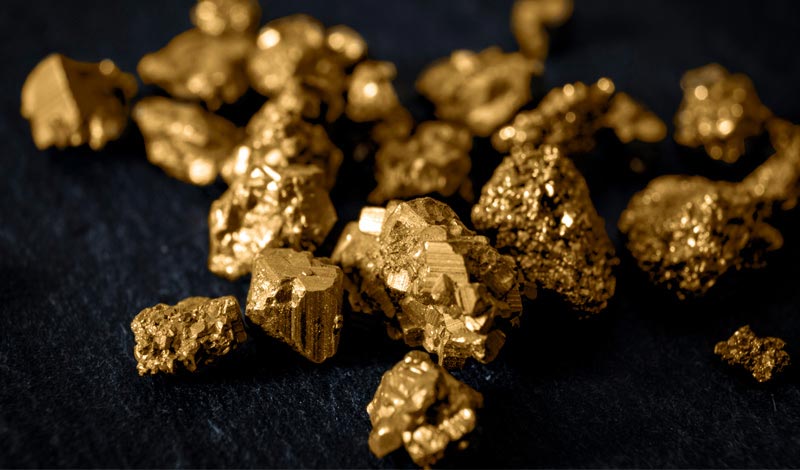
Posted on
Material transfer efficiency may not be the biggest concern for all coatings, but when using precious metals, it becomes a major factor in cost of ownership. For applications that require the use of precious metals to ensure performance, like metal contacts and superconducting tape, your thin film deposition system design will play a major role in target utilization and efficiency.
Thin Film System Requirements for Precious Metals
The ability to hit thin film specs is a pretty standard requirement for many coatings applications. For precious metals, the bigger concern is not so much about specific thin film requirements, but optimizing your system to lower cost of ownership:
- Uniformity: Uniformity and precision are important not only to performance in these applications, but to preserving the coating material so you do not use more than you actually need. If you need to reach a certain thickness across the entire substrate and your system is not optimized for uniformity, you may end up putting too much material down in certain areas. Because the coating material in these applications is very expensive, this will have a big effect on COO.
- Target utilization: If your sputtering method of choice has inherently poor target utilization, you will start to see inconsistent target erosion over time; it is common to see a racetrack-like groove develop. This reduces the amount of material you can sputter and drives up costs. It may also require you to carry expensive inventory of backup targets. You need a system design that reduces net target costs by improving utilization.
- Material transfer efficiency: To keep costs low, you need to reduce the amount of target material that ends up on the shields during the sputtering process. It is critical to achieve a high material transfer efficiency for precious metals so you are not wasting expensive material. If the transfer efficiency is low and a portion of the material does not end up on the substrate, you will need to send your shields out to reclaim the material, which is inefficient and expensive. You also cannot recover 100% of the material from the shields.
How ICM Sputtering Helps Lower COO
Depending on your specific substrate, it can be difficult to achieve the overall system efficiency needed to reduce COO for precious metals with conventional magnetron sputtering configurations. Low material transfer efficiency is one of the drawbacks of a planar cathode configuration. You can improve transfer efficiency with confocal cathode placement, but this method may increase your non-uniformity, which may end up raising costs in the long run. Both of these methods are susceptible to lower target utilization.
The best method for lowering cost of ownership for precious metal coatings is inverted cylindrical magnetron (ICM) sputtering. ICM offers the benefit of both excellent target utilization and efficient material transfer, to help you significantly reduce target costs.
With an ICM sputtering configuration, the substrate is placed inside of a cylindrical cathode. The target is a ring that sits on the inner wall of the cathode; it sputters the material inward, toward the substrate, covering all 360 degrees at once. With a balanced magnetic field, this type of cathode can uniformly sputter from the entire target. There is no inconsistent erosion, improving the utilization of the target.
An ICM sputtering cathode also improves material transfer efficiency. Material that does not land on the substrate during deposition will instead fall on another part of the target, because of the cylindrical design. This material can then be re-sputtered, which is helpful to COO when dealing with expensive materials like precious metals. ICM sputtering also has inherently strong thickness uniformity, ensuring that the proper thickness can be achieved without depositing too much of the material.
Invest in a Fully Optimized System Design
An inverted cylindrical cathode can help you realize a lower COO and improved uniformity for precious metals applications. To achieve the best performance, however, you need it to be configured with a reliable sputtering module that delivers proven, repeatable results. Denton Vacuum has the expertise and process knowledge to design a system that optimizes ROI, reduces maintenance and downtime, and meets thin film specs for your application’s requirements.
With our ICM sputtering design, you can significantly reduce the cost of ownership for precious metal coatings, such as gold and platinum, while raising your total yield and improving system efficiency. With our extensive knowledge and application-specific approach, we can also ensure your system is fully integrated with other sources and controls, to enable the best performance for your unique requirements.
To learn more about how an inverted cylindrical cathode can be integrated with your coating process, contact us.